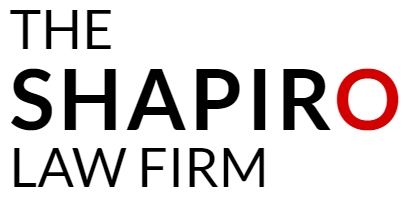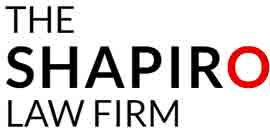After a divorce, a parent hopes that, when their ex has time with the kids, their ex will act properly towards the kids. In the ideal situation, after a divorce, both parents will keep their kids’ well-being and safety as the main driving forces in their behavior. Sadly though, instances do sometimes occur post-divorce in which one parent engages in conduct which exposes children to significant harm. Physical abuse is one such sort of conduct. This conduct can have considerable negative health and emotional implications for children.
So, it can be important for a divorced parent to be aware of the signs that could potentially indicate their children are being physically abused by their ex. Examples of some of the red flags that a child may have been exposed to physical or other abuse include:
- Unexplained injuries.
- An ex’s explanation of injuries a child has not matching the injuries.
- Anxiety.
- Depression.
- Sudden self-confidence losses.
- Unusual fears.
- Defiant or rebellious behavior.
- A child withdrawing from friends.
- A child withdrawing from usual activities.
- Changes in a child’s school performance.
- Changes in a child’s behavior.
Now, abuse red flags being present is not a guarantee that abuse is happening. For example, some of the emotional changes in a child that can be abuse warning signs can also come about as the result of divorce-related stress a child is facing.
Now, if a divorce parent’s ex is in fact subjecting the kids to abuse, there are legal measures the divorced parent can take for their kids’ protection. This can include things like pursuing child custody/visitation changes.
So, when a divorced parent detects warning signs that make them think abuse may be occurring against their children, it can be important for them to respond in an appropriate manner. Experienced family law attorneys can advise divorced parents who suspect their children may be abuse victims on what steps to take in response to the situation.
Source: Mayo Clinic, “Child abuse – Symptoms,” Accessed Feb. 29, 2016


